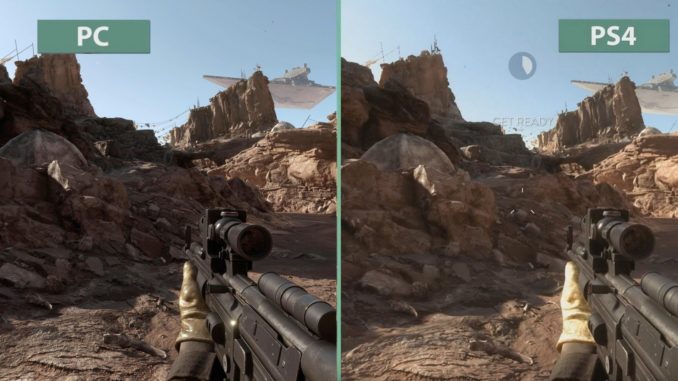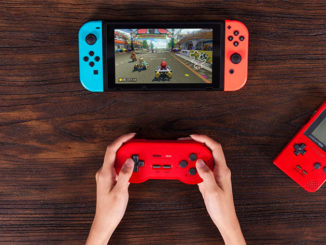
In our previous PS4 v PC Graphics article we considered the graphics performance of the Sony PlayStation 4 against a personal computer using systems that were comparable in cost. In this second article we look at the comparison based on outright performance alone.
Outright Performance – PS4 v PC Graphics
Looking at the debate free of cost restraints, a different picture emerges. The elimination of budgetary factors leaves us free us consider the very latest graphics cards and in this instance the games console has several reasons why it cannot compete with high end PC graphics.
The first is the upgradeability of PC’s. The graphics card in a high end PC is removable and upgradeable, allowing the computer user to take advantage of new developments in technology whilst not needing to change the entire unit.
Due to the fixed specification nature of consoles, Sony would need to settle on a specification and stick to it. This is compounded by the long development times of a games console – the chosen graphics hardware is often outdated by the time the console is released for sale.
The likes of AMD and NVIDIA spend well over 1 billion US dollars each year on research and development in graphics. This leads to continual development of graphics hardware and because of the upgradeable nature of computers consumers can keep pace with these developments. Graphics cards such the Radeon R9 and NVIDIA GeForce GTX 700 series are the high-performance examples of graphics cards on the market. A consumer would expect to pay an amount at least equal to the cost of an entire PS4 for such cards.
Power is another reason why a console doesn’t use the most powerful GPU’s available. Games consoles such as the Xbox One and PlayStation will have a maximum power draw of around 300W, whilst high end gaming computers can have power supplies reaching 1000W. This sort of power generates a lot of heat and to dissipate this heat requires a large case to house the power supply and manage airflow. To add to this, noisy fans would need to be used and the resulting combination of size, heat and noise would be unacceptable in the home environment in which the PlayStation 4 is likely to be used. The gaming PC is often a specialist item of hardware used within a more dedicated location, such as a games room or bedroom, where such issues are more acceptable. Also, the electricity used to power a PS4 isn’t free and with rising energy prices consumers are becoming more and more conscious of what an item of consumer electronics costs to run. A 1000W console simply wouldn’t sell in enough numbers to warrants its development budget.
The final factor is cost. Powerful processors, large power supplies and big casings with the large heatsinks and fans required to deal with the heat generated by a powerful gaming PC all cost money. Building and releasing a console to these specifications would result in a retail price far too high to generate the sales required for it to be an acceptable business model. High end gaming computers probably sell in much smaller numbers but the higher price of the hardware, particularly the graphics cards, allows for this niche sector of the market to continue.
In conclusion, the Sony PS4 and gaming PC’s operating in two different areas of the marketplace. The technology used in PC graphics is state of the art, at the limits of current semiconductor technology. The form factor, upgradeability, power supplies and consumers demands for simply the best technology available allow this. That is why it is not possible to have a console that can outperform a PC.
Top end gaming PCs already have a clear performance advantage over the PS4, with games such as Battlefield 4 being able to run at a higher resolution and with higher quality textures on PC than on the console. This gulf will only get wider when you consider that we are in the early years of the current generation games console. It may be five to six years before we see the emergence of the PS5 and Xbox One successor and by that time PC graphic cards will have evolved by a huge amount.
Proudly WWW.PONIREVO.COM
by Mac Jones



